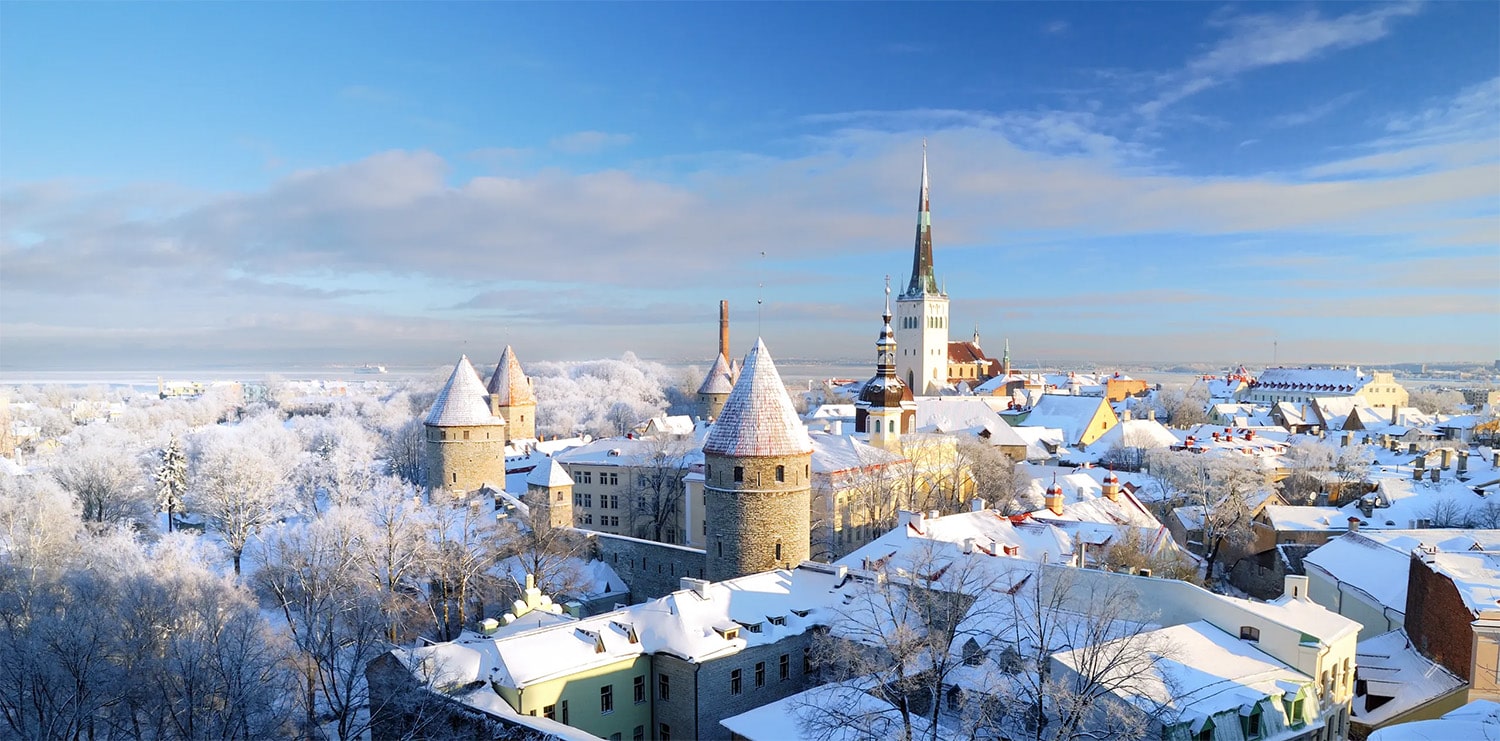
36 interesting facts about Estonia
- 👁️ 494
Estonia, a small country in Northern Europe, is known for its rich history, cultural heritage, and significant advancements in technology. Nestled on the eastern shores of the Baltic Sea, it is a country where old meets new—medieval architecture coexists with digital innovation. Estonia regained its independence from the Soviet Union in 1991 and has since become one of the most digitally advanced societies in the world. With its picturesque landscapes, ancient forests, and a forward-thinking approach to governance and society, Estonia offers a unique blend of experiences for both its residents and visitors. Here are 36 interesting and informative facts about Estonia that showcase its uniqueness.
- Estonia became the first country in the world to adopt online voting in 2005.
- It is one of the least crowded countries in Europe, with a population density of about 28 people per square kilometer.
- Estonia has over 2,000 islands, many of which are uninhabited and preserved as natural sanctuaries.
- The country has one of the highest literacy rates in the world, at nearly 100%.
- Estonia’s capital, Tallinn, is one of the best-preserved medieval cities in Europe, and its Old Town is a UNESCO World Heritage Site.
- The country declared independence from Soviet Russia on February 24, 1918, was occupied during World War II, and regained independence on August 20, 1991.
- Estonia is considered a global leader in digital and internet technologies, being the birthplace of companies such as Skype and TransferWise (now Wise).
- The Estonian language belongs to the Finno-Ugric family, closely related to Finnish and distantly to Hungarian.
- Estonia has one of the highest rates of meteorite craters per land area in the world.
- It was the first country to offer e-Residency, a digital identity available to anyone in the world interested in running a business online from Estonia.
- The traditional Estonian song festival, Laulupidu, involves a choir of over 20,000 people and is held every five years, drawing massive crowds.
- Estonia is covered by forests for over 50% of its territory, making it one of Europe’s greenest countries.
- The country has a flat tax system, with the same rate applied to personal and corporate income.
- Estonia’s national animal is the wolf.
- It is known for having one of the cleanest air qualities in the world according to the World Health Organization.
- The highest point in Estonia is Suur Munamägi, standing at 318 meters (1,043 feet) above sea level.
- Estonia is a pioneer in the field of digital education and introduced programming lessons for first graders.
- The country is part of the Schengen Area, Eurozone, European Union, NATO, and the United Nations.
- Estonia has a tradition of singing revolutions, with singing playing a pivotal role in the peaceful fight for independence from Soviet rule.
- Saunas are an integral part of Estonian culture, traditionally used for cleansing, relaxation, and socializing.
- It was the first country in the world to establish a nationwide fast-charging network for electric vehicles.
- Estonia’s maritime territory is almost as big as its land area.
- Setomaa is a region in Estonia known for its unique cultural heritage, including the Seto Leelo, a UNESCO-listed polyphonic singing tradition.
- The country operates one of the world’s most extensive and efficient public transportation systems, with Tallinn being the first European capital to offer free public transport to its residents.
- Estonian is one of the few languages in the world that has no future tense, reflecting a cultural emphasis on the present and the past.
- Estonia celebrates two independence days: February 24 (from Russia in 1918) and August 20 (from the Soviet Union in 1991).
- The country has over 1,500 lakes, most of them small, with the largest, Lake Peipus, being the fifth largest lake in Europe.
- Estonia has a significant Swedish and Russian minority, and both communities have left a lasting cultural impact.
- It ranks highly in various global indexes for freedom of the press, economic freedom, and political rights.
- Estonia’s education system is renowned for its innovation and effectiveness, regularly ranking high in PISA tests.
- The country has one of the highest numbers of startups per capita in Europe.
- Estonian traditional architecture features a unique type of limestone called paekivi, widely used in construction.
- It hosts one of the world’s leading digital society conferences, the e-Governance Conference.
- The country’s flag consists of three horizontal stripes of blue, black, and white, symbolizing the sky, earth, and hope, respectively.
- Estonia is part of the Baltic region but is culturally and linguistically distinct from its neighbors, Latvia and Lithuania.
- The Kadriorg Palace, built by Peter the Great of Russia in the 18th century, is one of Estonia’s most splendid examples of Baroque architecture and now houses the Art Museum of Estonia.
Estonia is a remarkable country that seamlessly blends centuries-old traditions with cutting-edge technology and innovation. Its commitment to digital advancement, environmental conservation, and cultural preservation makes it a unique model of progress and sustainability in the modern world. The diverse landscape, rich history, and vibrant culture of Estonia offer endless opportunities for exploration and discovery. As Estonia continues to evolve and grow on the global stage, it remains rooted in the values and traditions that have shaped its past and present. The story of Estonia is a testament to the resilience and creativity of its people, making it a fascinating subject of study and an enchanting destination for travelers from around the globe.
Estonia, a small country in Northern Europe, is known for its rich history, cultural heritage, and significant advancements in technology. Nestled on the eastern shores of the Baltic Sea, it is a country where old meets new—medieval architecture coexists with digital innovation. Estonia regained its independence from the Soviet Union…